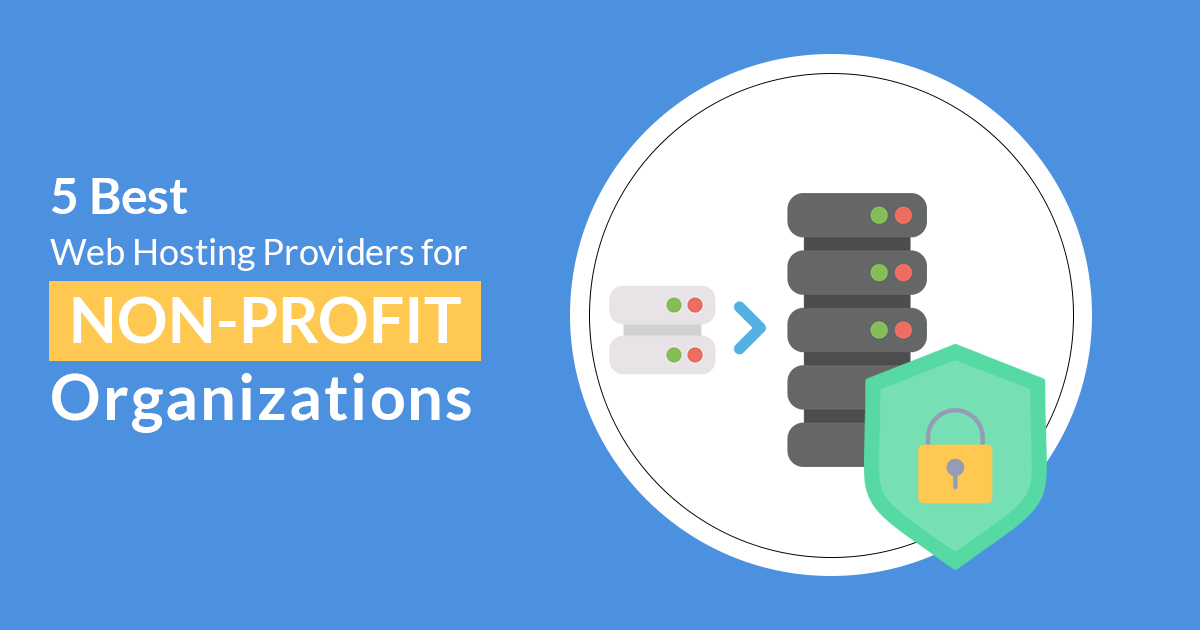Tips for Creating the Perfectly Optimized Blog Post as Per SEO Standards
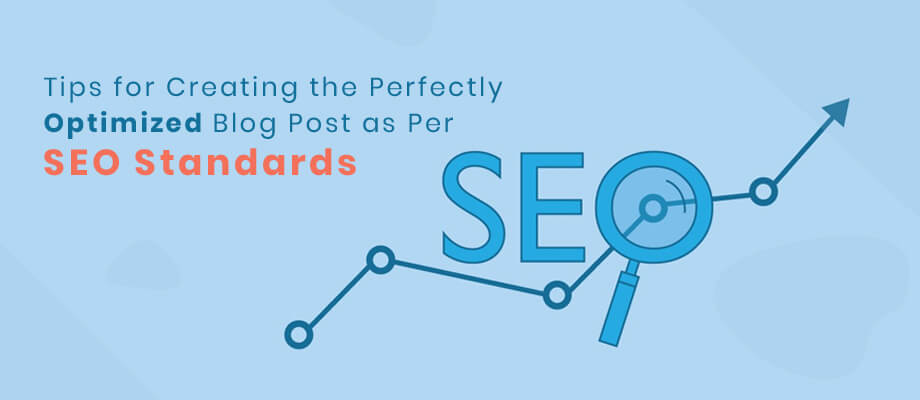
Content is the most important tool for any website when it comes to online marketing, increasing traffic and overall SEO. You cannot go through any how-to guide about SEO these days without reading about how essential good content is. But it is not only about having high-quality content on the site. It also needs to be well optimized according to Google’s SEO guidelines to rank well for the intended keyword or key phrase. A well-researched and high-quality blog post would be worthless if no one ever finds it online.
So, how can you improve your SEO and optimize your blog posts so that they may rank high on Google and other search engine’s SERP? Well, that is exactly what we are going to learn in this blog post today.
Tips to Optimize Your Blog post for SEO
Keyword Research
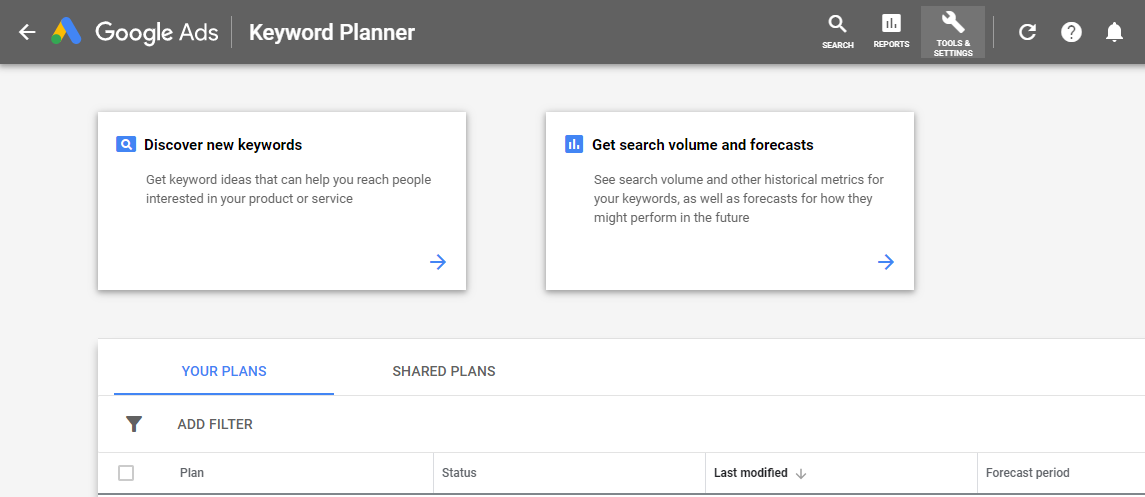
The first step in content creation is always keyword research. Whether you are writing a blog post or content for web pages, you need to know which keywords to use. You determine this based on the topic of the content. Once the topic is decided, you can use one of the several keyword research tools that are available online to find out which are the main keywords relating to your topic that have the most average monthly search volume.
You also need to check the competition of those keywords as well. If a keyword is relevant but has extremely high competition, you may want to choose an alternate one that might have less of a search volume but a lower competition as well. This would give your post a better chance at ranking for that given search term. Google’s keyword planner is the most trusted tool for keyword research that has stood the test of time.
Keyword Placement
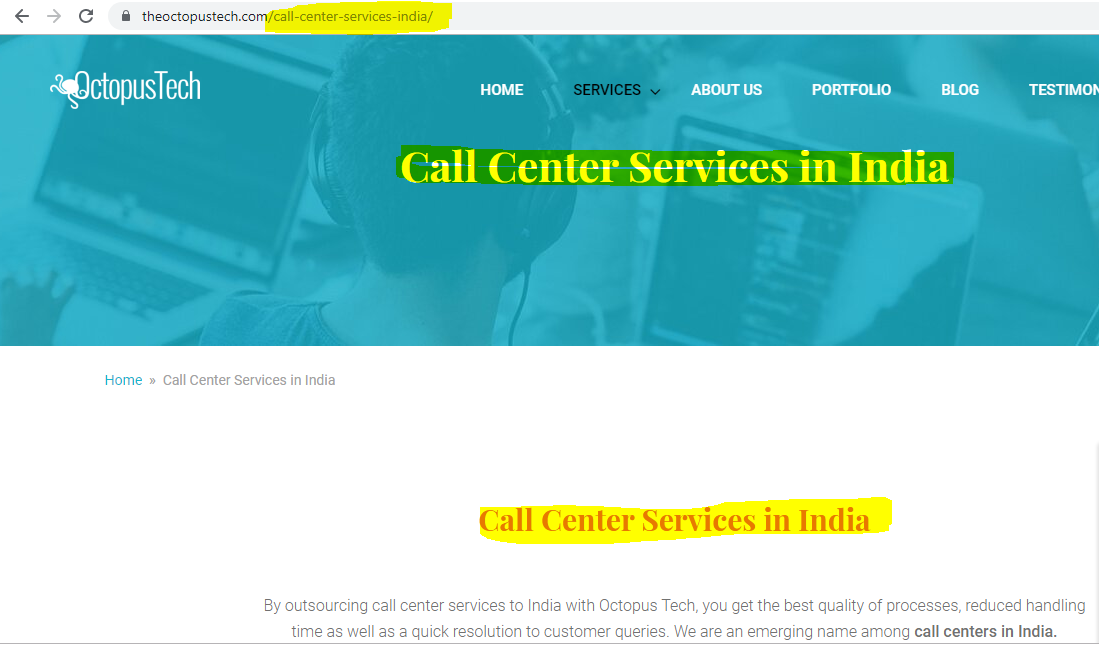
Once you finalize the keywords that are to be used in your post, the next step is placing them in all the right places. As per SEO best practices, the focus keyword of your post should be used in the title of the blog post. Apart from that, it needs to be present in the meta description as well along with the H1 tag of your post. Do not forget to use the keyword in the URL of the post too.
Along with these three places, it is to be noted that the primary keyword for your post should repeat itself in the post depending upon its length. For a 1000 to 2000 words post, you can insert the keyword 3-4 times in the post without it being considered keyword stuffing which is a bad SEO practice.
Write catchy Meta-Title and Meta-Description
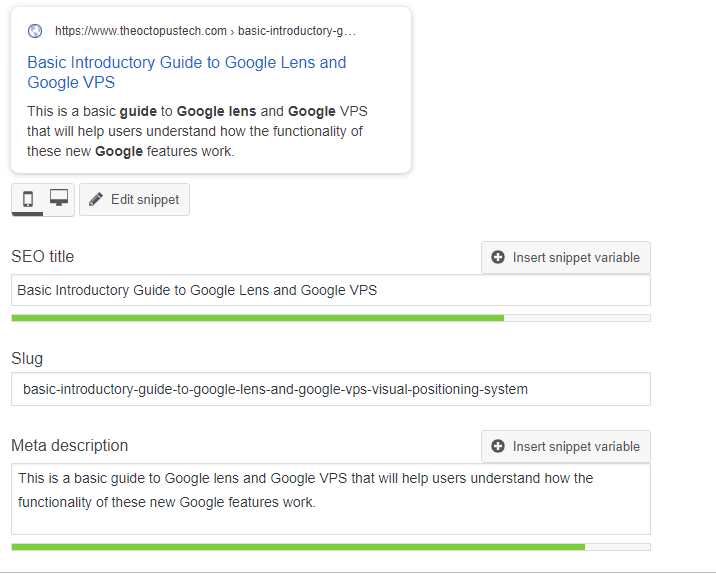
When your blog post appears in the SERP, the web surfers will only see your title and meta-description. Whether people choose to click on your link or others depends on how catchy and relevant your title and description are. By relevance, I am referring to the topic of the post as well as the search term of the user.
Meta-Title and Description also play a role in the ranking of the post. They should meet the SEO guidelines that exist. The title’s length should be 60 characters while the optimal length of the meta-description is 160 characters. However, Google does pick a snippet from your page’s content and display that in place of the description these days in search results depending upon how relevant it is to the search term. This might make the meta-description obsolete in the coming future.
Optimize the banner and internal images
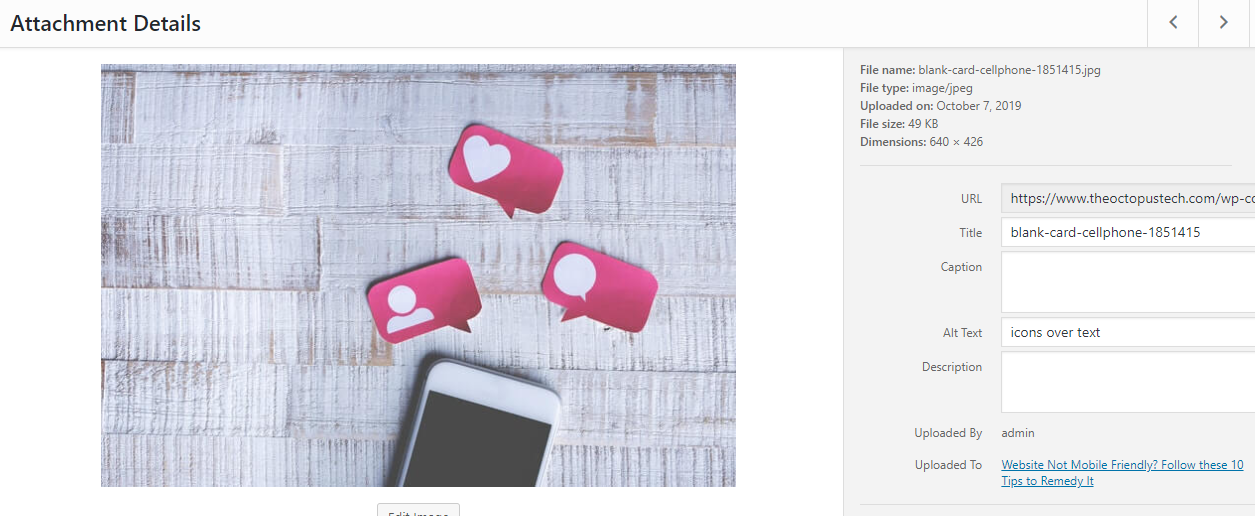
Using images in your blog post is always great to engage your readers. Well designed and high-quality images that complement the text of the post is something that many content marketing experts would call a good practice to follow. But if you are using images in your post, you need to add relevant alt-text to every image.
Another step to take with images would be to ensure their size is not too big as it would cause the blog page to become too heavy and increase the page loading time. Try to compress large image files and upload the compressed version in the post. In most cases, it does not impact the quality too much but reducing the page loading time by a large margin.
Internal Linking
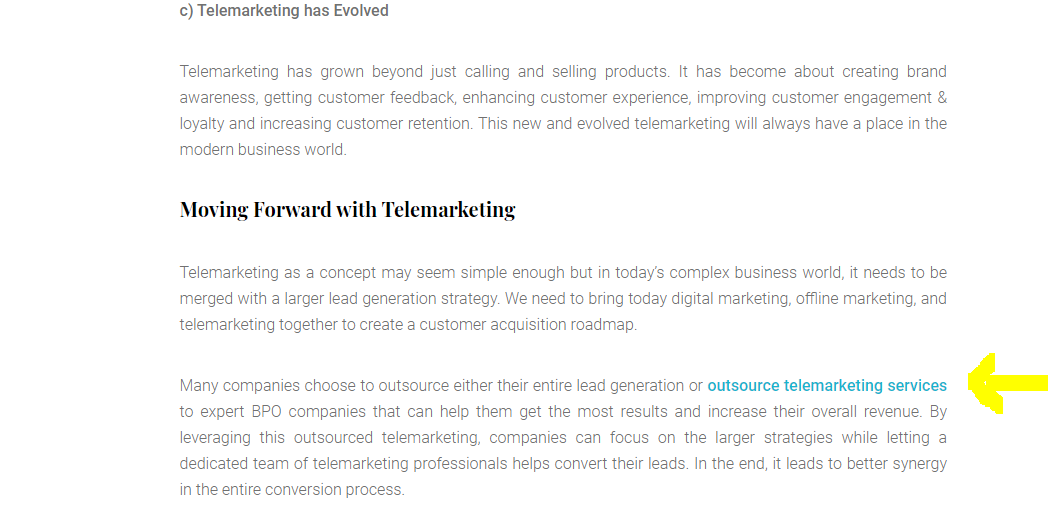
Internal linking is an age-old SEO technique that has become a key part of on-page SEO for every website or blog owner. Internal linking allows you to link your current posts to older posts that may be related to the current topic. You can use anchor texts for the internal links as keywords of the post you are linking to.
Internal linking also helps your older posts get traffic that they deserve. The important thing to keep in mind is that the post you are linking to should be related to the new one. The anchor texts used should be as natural as possible in the content and not for the sake of adding links.
Proper Implementation of Tags
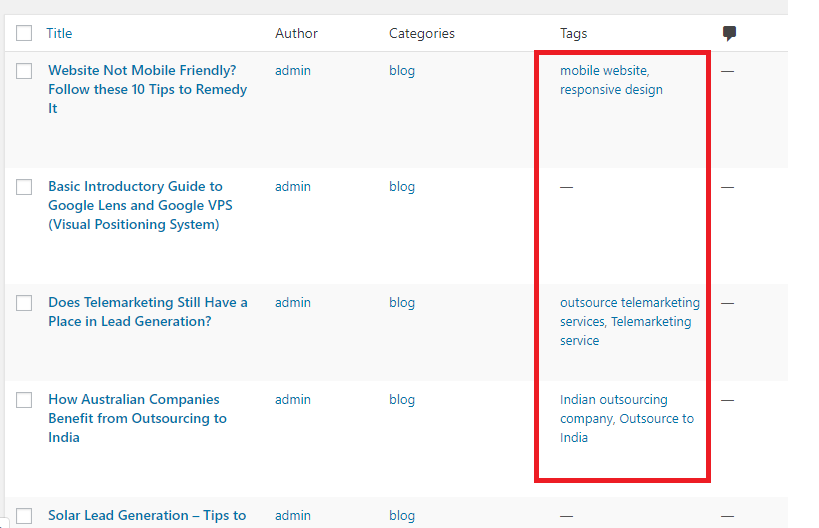
In blog posts, we can create several tags and categories that can help us group similar posts. It is a great tool for users to help find content related to the topic of their choice easily. Categories and tags are a great navigational tool for websites and blogs to improve user experience.
Each tag created a new page with a unique URL containing the topic of the tag. Be careful to not create too many needless tag pages because you would need to optimize each tag page separately with a title and meta-description. If your blog suffers from too many needless categories, it is best to add a no-index tag to them or disallow them in the robots.txt file.
Allow Integration with Social Media
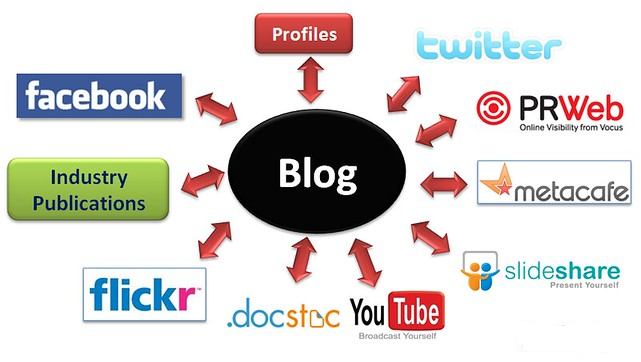
Image Source: Flickr.com
Last but not least – Social media. Social media is a very powerful platform to boost the reach of your content. If your topic is sharable and something that can go viral, it would be shared on several social media channels and would increase your online traffic exponentially. However, all this would become much easier if you can integrate social media sharing in your blog itself.
Several WordPress plugins can be used to add social sharing buttons on each blog post. This makes it so much easier for your readers to share your content with their own social media connections and followers.
Parting Words:
SEO guidelines and best-practices would keep on evolving year on year and we need to adapt our strategies accordingly. The tips shared in this post can help you improve Google search ranking and visibility of your post as well as make it reader-friendly. After all, that is at the heart of any well-optimized blog post.

